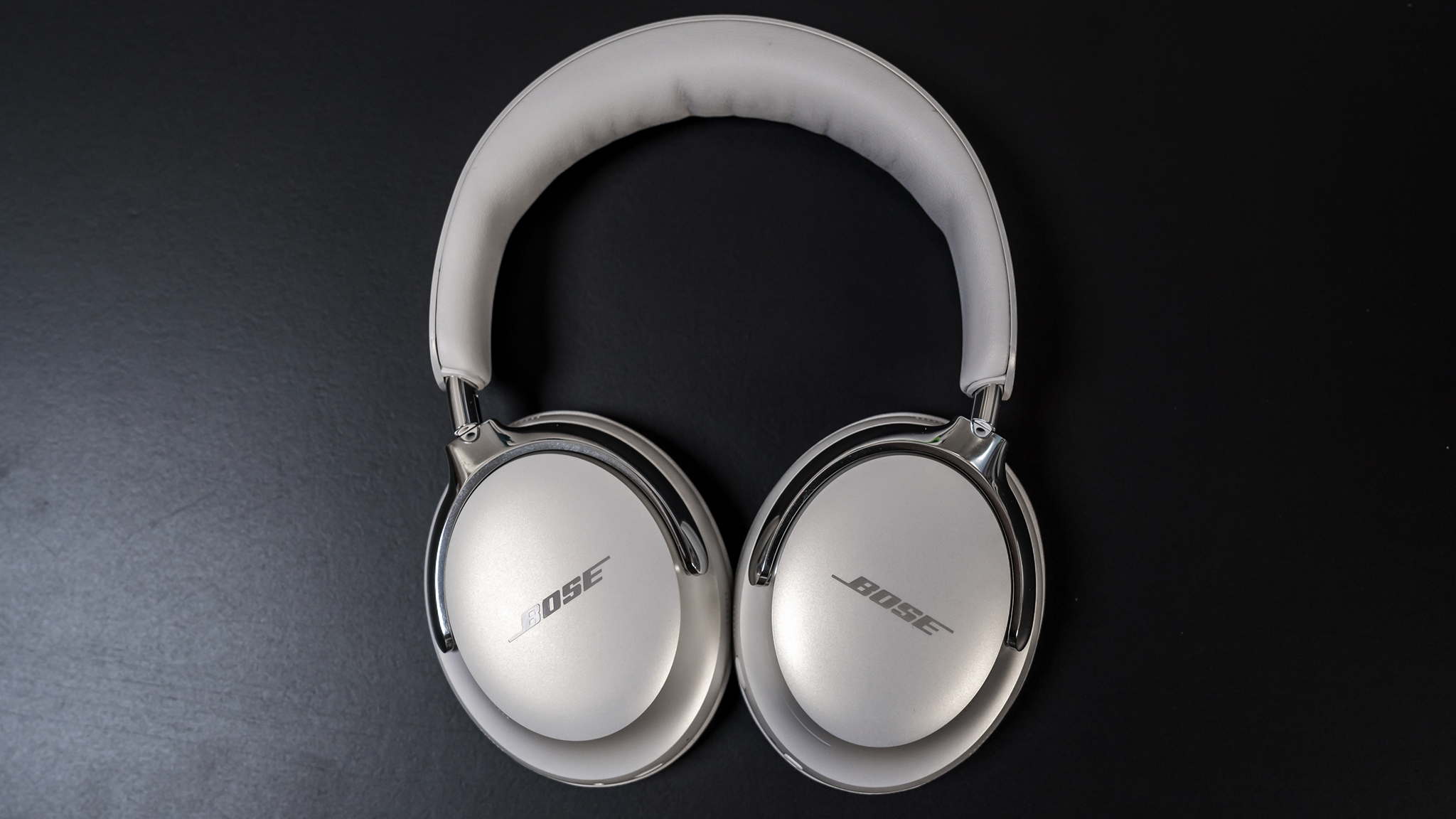
Bose has rightfully earned its reputation for not only delivering great sound, but also innovating to drown out the background. Its headphones don't come out with the same cadence other brands do, and that's definitely not a bad thing. Quality should last, after all.
The Bose QuietComfort Ultra headphones are a prime example, given they've been out on the market for a while and still stand out among the best. There are various reasons why and they largely begin with the outstanding noise-cancelation.
Bose QuietComfort Ultra headphones: Price and availability
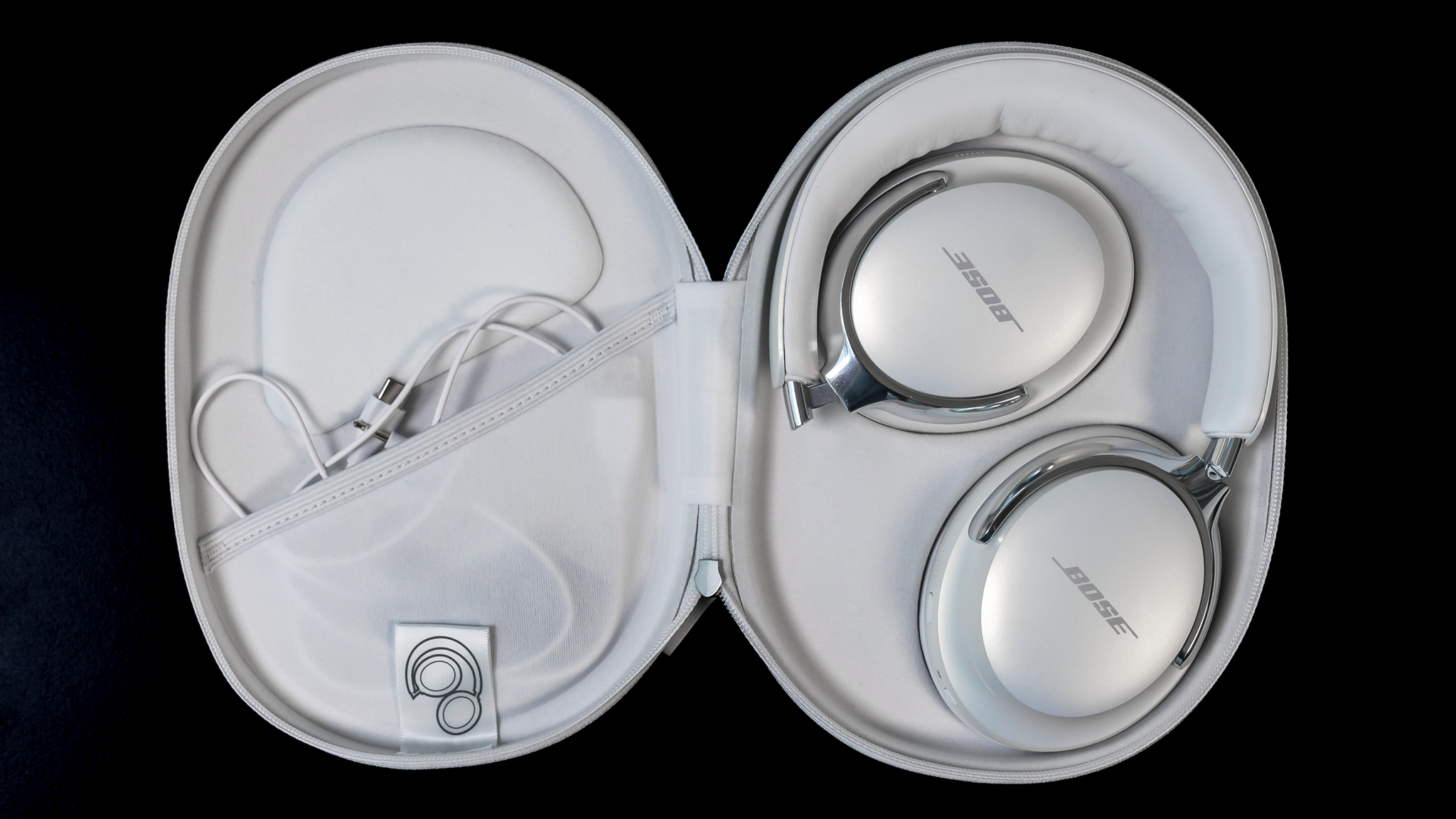
Bose launched the QuietComfort Ultra headphones in September 2023, and are still widely available in retail and online stores. Since Bose doesn't release updated models every year, these headphones should be around for a long while. They start out at $429, and though you might come across a price cut along the way, they don't generally happen all that often.
Bose QuietComfort Ultra headphones: What's good
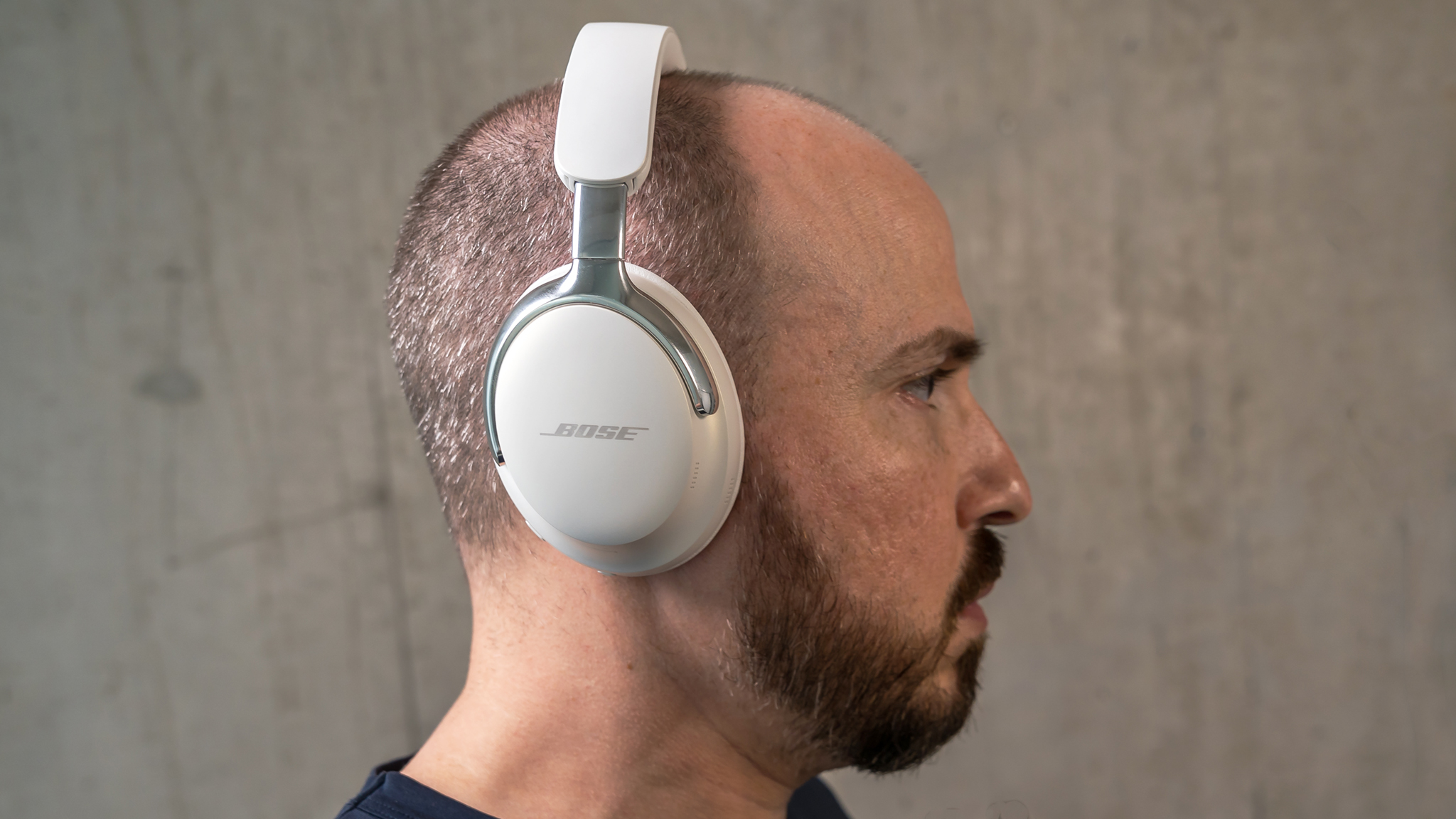
The QuietComfort Ultra ultimately replace the Noise Canceling Headphones 700, and in so doing, lead to a more comfortable fit under the same weight. The faux leather cushions are soft, yet firm enough to cover your ears and maintain a nice seal. Wearing these for long-haul flights, like I did during testing, is a pleasure for how good they feel and how well they perform.
Certainly doesn't hurt they fold flat and inward to lower their footprint for the included case. Bose also gives the case a vegan leather veneer on the outside, with a pouch on the inner lining to stash the included USB-C and 3.5mm-to-2.5mm cables.
Wired playback is part of the allure here, except it has to be through a headphone jack or adapter; no USB-C audio playback here.
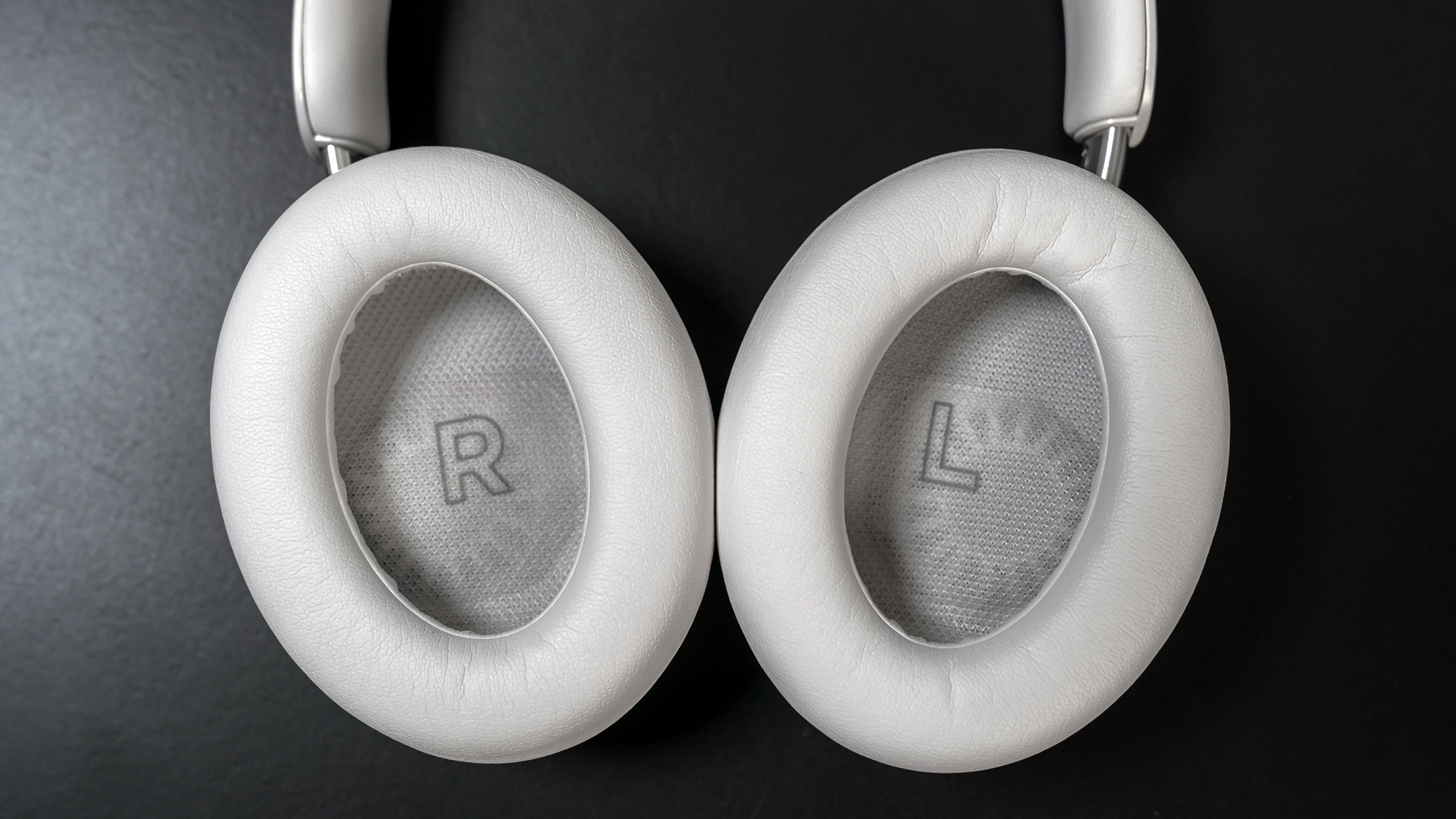
What sets these headphones apart from Bose's other pairs is that the "Ultra" in the name also refers to new features. Among the biggest is Immersive Audio, which is essentially spatial audio under a different term. It works with any audio content you listen to, but works best when you're playing something tuned for the spatial surround effect, like a Dolby Atmos song or show.
You don't necessarily need it to appreciate the audio quality in the QC Ultra. Vibrant and with plenty of verve, no matter what you listen to, they hold up well against the best premium options available. Bose wisely includes support for Qualcomm's Snapdragon Sound and the aptX Lossless Bluetooth codec, ensuring hi-res tracks play without issue. If you're using an Android phone or tablet with a Snapdragon 888 processor or better, then you can theoretically listen to bitrates equal to CD quality.
Regardless of taste, these headphones draw you in. New drivers certainly contribute to that, helping deliver both obvious refinement in how they sound and subtleties in instruments, vocals, and harmonies that resonate just the same. I would say you get more bass response out of the box here than you would with the Sony WH-1000XM5.
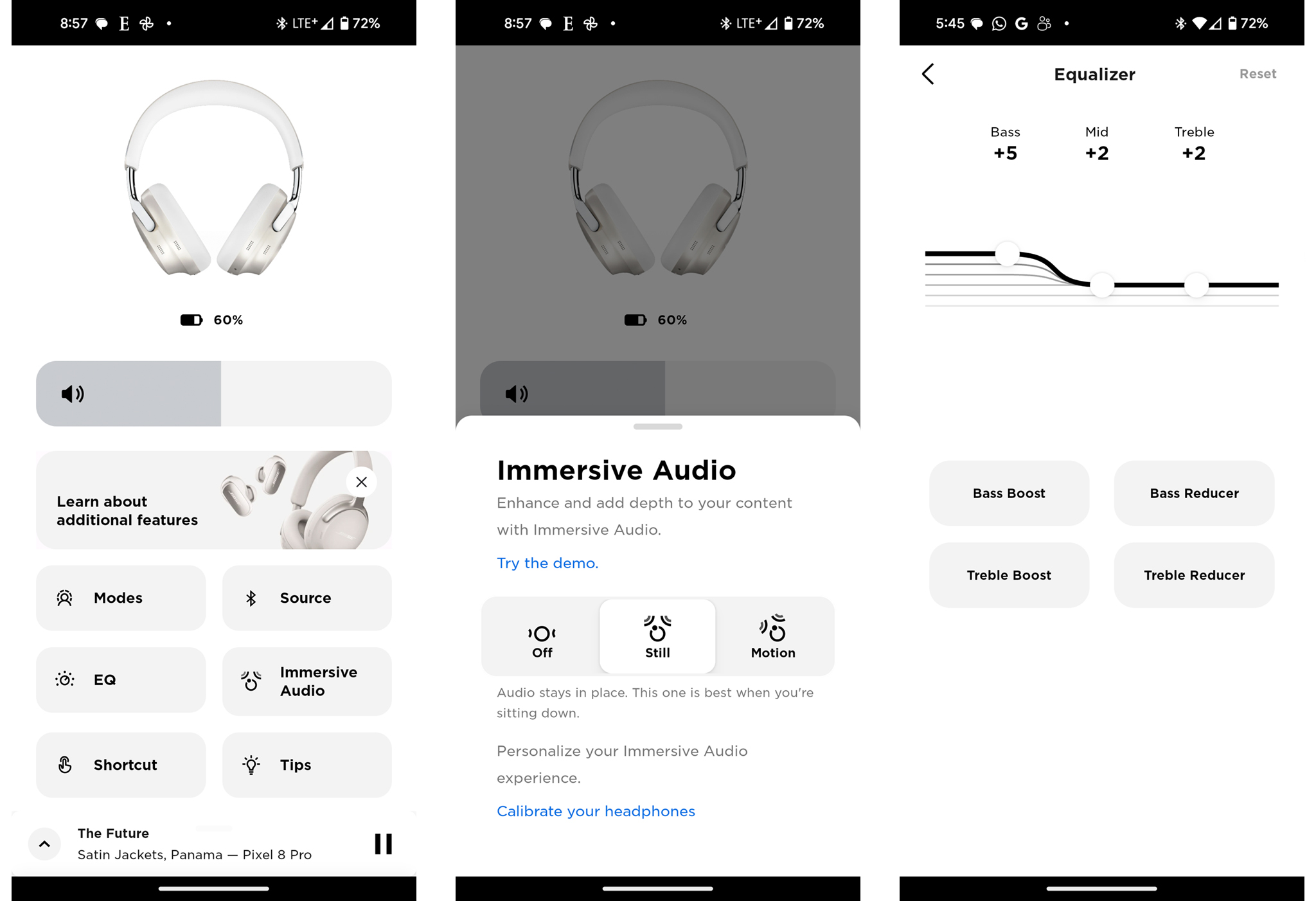
You can always try tuning the sound to your liking using the equalizer in the Bose Music app, though you can't save presets. Bose only gives you four of its own, limiting the creativity you can come up with by otherwise tinkering with the three bands. The good news is Bose did a fine job tuning them by default so you get a nice balance to start with.
Immersive Audio is an interesting one in that it's a debut for Bose's over-ear headphones, while catching up with what competitors are already doing. Results are mixed, with the effect really coming alive in some respects, and less so in others. I find the best outcomes almost always stem from content designed for spatial audio, which is why I could feel the effect a little more playing tracks on Tidal and Amazon Music over Spotify, for instance.
Head tracking works as advertised, keeping the audio in front of you at all times. It's probably one of the more subjective features of an otherwise subjective experience. I can see some liking it and others feeling underwhelmed, so it will depend on what your ears tell you.
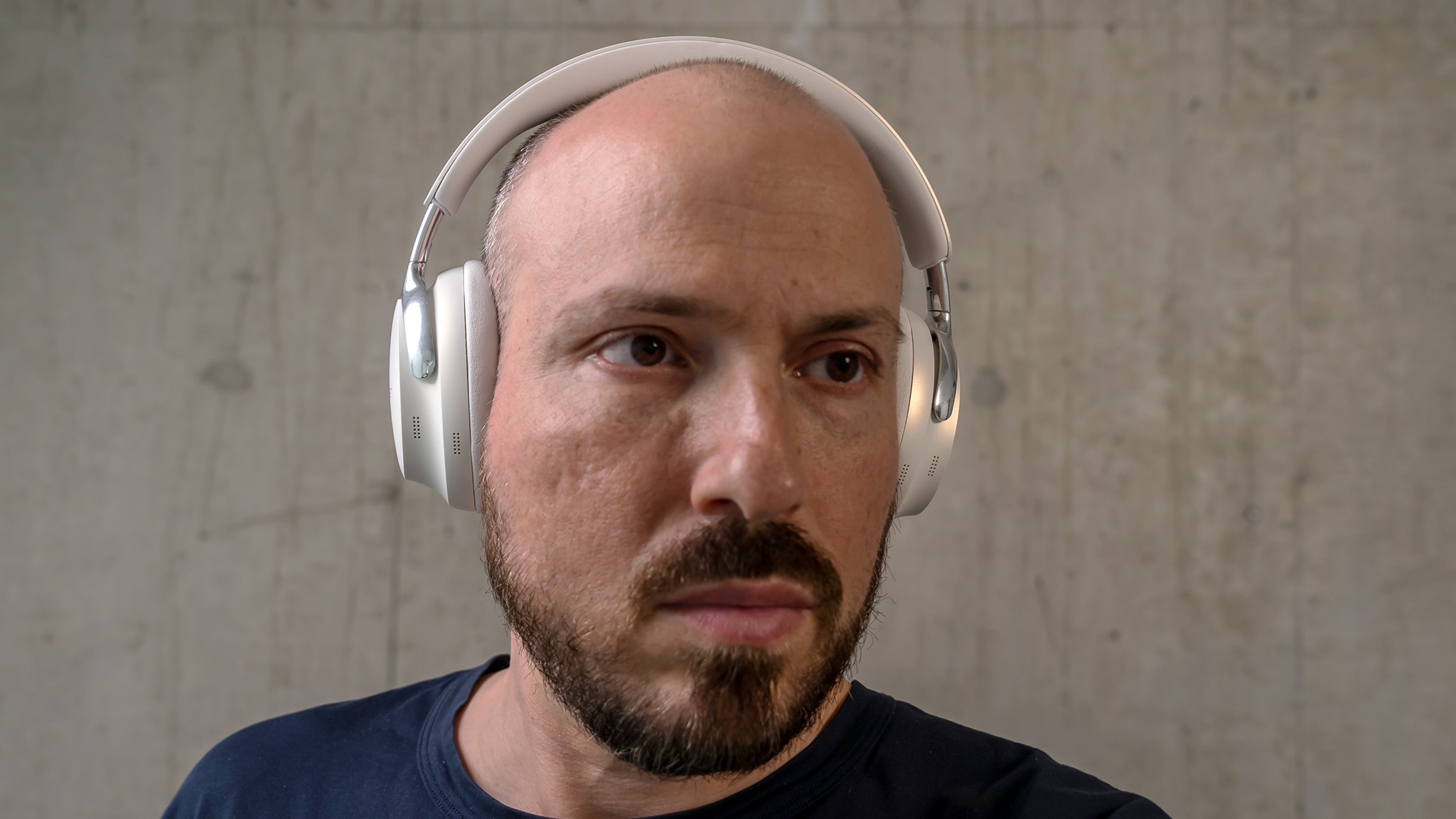
The showstopper is the active noise-cancelation (ANC), which is world-class on the QC Ultra. Wearing these for a long flight had me watching movies with the plane's engine noise barely registering. I even had to remove them to simply hear announcements or switch to Aware mode quickly when speaking with a flight attendant. On a subway train, screeching tracks inevitably cut through, but only as whimpers that don't detract from the content.
Without question, these are one of the best pairs of headphones I've worn to cancel out background noise. The beauty of it is Bose retains the ability to customize the experience by way of its CustomTune technology that manifests in the Modes section of the Bose Music app. There are about a dozen to choose from, including Commute, Outdoor, Run, Work, and Focus.
You can't fully adjust these however you please, as they're more about combining certain features together. For instance, you can toggle Wind Block on and either turn Immersive Audio on or off. Wind Block ramps up noise-cancelation to the max, so once you toggle that on, you lose any granular control over ANC potency.
Aware mode is good at funneling in a variety of ambient sounds but voices could be clearer. It's the one weakness that holds it back, forcing me to not always trust I could be sure of what someone is saying unless they were in really close proximity.
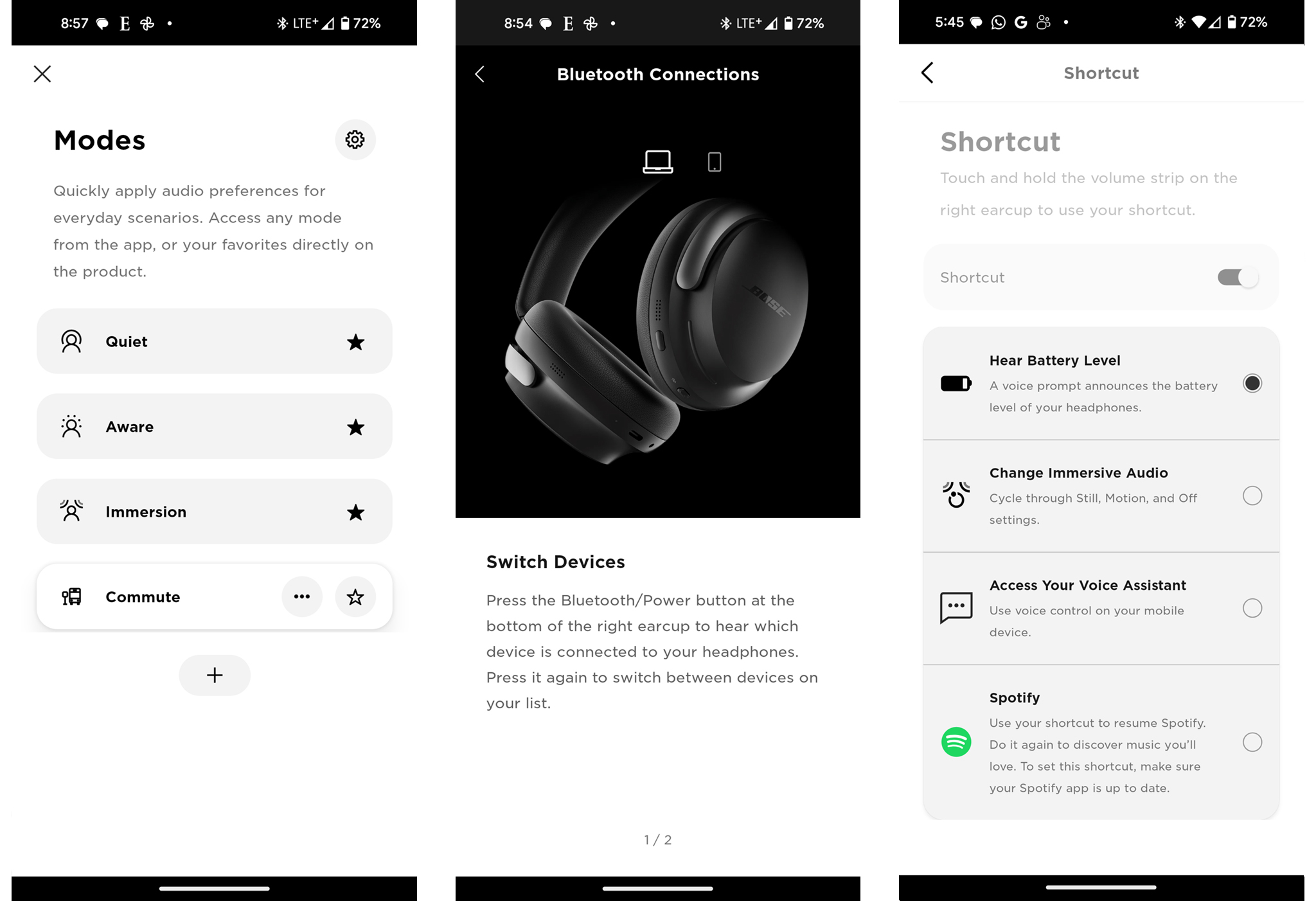
The QC Ultra have multipoint to stay connected to two devices simultaneously. There's even a shortcut you can set up to switch between them using the Bluetooth button on the right cup. The dual connection matters for phone calls, of which you can expect clear calls, though I do feel voices could be clearer on both sides for headphones in this range. With five microphones on each cup, there may be hope yet that Bose can fine-tune the results through future firmware updates.
Bose prefers physical buttons over touch controls, though you get a little of both here. Apart from the multifunction and Bluetooth buttons, you get a volume slider on the right cup indicated by a visible strip. They're pretty limited anyway. Press the multifunction button to play/pause, double-tap to skip a track, triple-tap to repeat, and long press to switch between ANC and Aware. The Bluetooth button defaults as a battery check, while the volume slider can shortcut to a chosen option on the app.
Speaking of the battery, Bose claims you can get up to 24 hours per charge with ANC on and Immersive Audio off. That number holds up if you don't raise the volume too much above the default out of the box. Not bad but not quite at the level of others in the same ballpark. At least you can plug in for 15 minutes and get up to 2.5 hours of playback when you're in a rush.
Bose QuietComfort Ultra headphones: What's not good
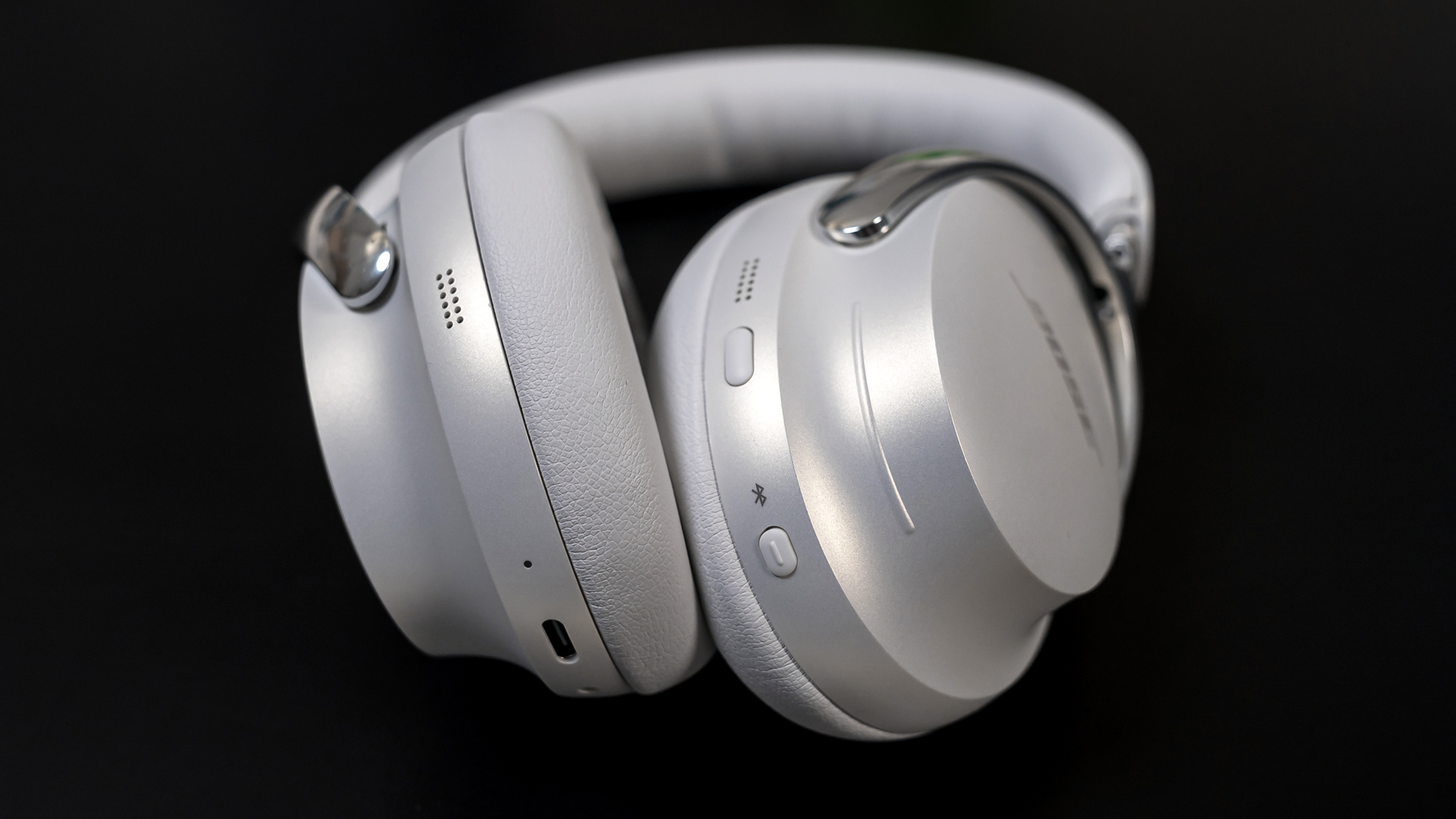
Bose doesn't give the QC Ultra headphones an IP rating, and after wearing them for some time, I can't recommend them for workouts. That's in spite of a Workout mode available in the app. It's just not clear how well they can withstand water drops or sweat. Given the price, it may not be a risk worth taking, especially since the warranty doesn't cover damage from water or sweat.
I noted some of the other downsides earlier, like Immersive Audio being a mixed bag and the lack of custom EQ presets. Bass and treble boosts or reducers are really basic implementations, as is a mere three-band EQ. The Bose Music app lacks the kind of depth competitors generally offer, where you have more choices to customize and personalize headphones.
These are an expensive pair any way you look at them. They earn their stripes on both an audio and noise-canceling perspective, but it's also worth comparing them to similar models at similar prices.
Bose QuietComfort Ultra headphones: Competition
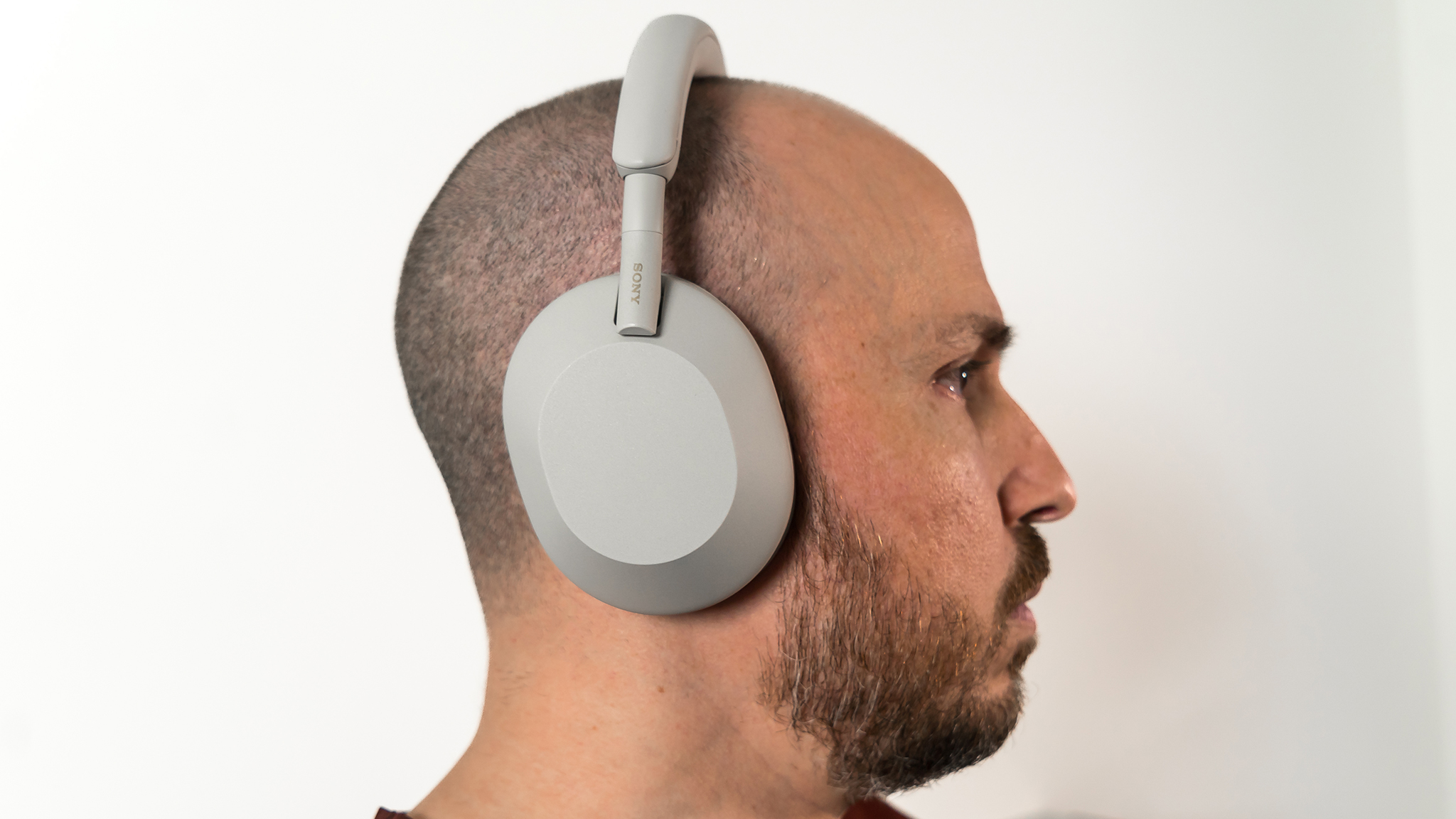
By far, the biggest competitors are the Sony WH-1000XM5. These are the headphones that set the bar, particularly when it comes to noise cancelation, but also the combination of audio quality and comfort. No surprise, then, that these two pairs are touted among the best noise-canceling headphones. It's a very close race, though, and perhaps too close to call depending on how you hear them. Sony may have an edge in customizing the audio experience, and is certainly ahead in spatial audio, but Bose's granular ANC is usually more effective.
If you're in the market for something premium or luxury, you can also consider the Bowers & Wilkins PX8, which wins points on design. The Sonos Ace have one of the best ambient modes on any pair of over-ears, and their home theater integration is second to none right now.
Bose QuietComfort Ultra headphones: Should you buy them?

You should buy this if...
- You want good sound with outstanding ANC.
- You want a comfortable fit with physical buttons.
- You want hi-res audio support.
- You travel a lot.
You shouldn't buy this if...
- You want the best spatial audio playback.
- You want a more customizable EQ.
- You want wired USB-C playback.
There's something to be said about headphones that just sound good and work well without complications. The Bose QuietComfort Ultra headphones fit that bill to a tee, led by ANC which may be a cut above all others. They may lack the extras others have, but the key functions work really well, which is why they're worth considering.
Assuming your budget is okay with that, of course. They are expensive, even by premium standards, so it's best to look at these as a pair you'll hang onto for a while to maximize your investment.
Isolate yourself
The Bose QuietComfort Ultra Headphones deliver world-class noise-cancelation and excellent sound quality in a premium design that feels comfortable.







